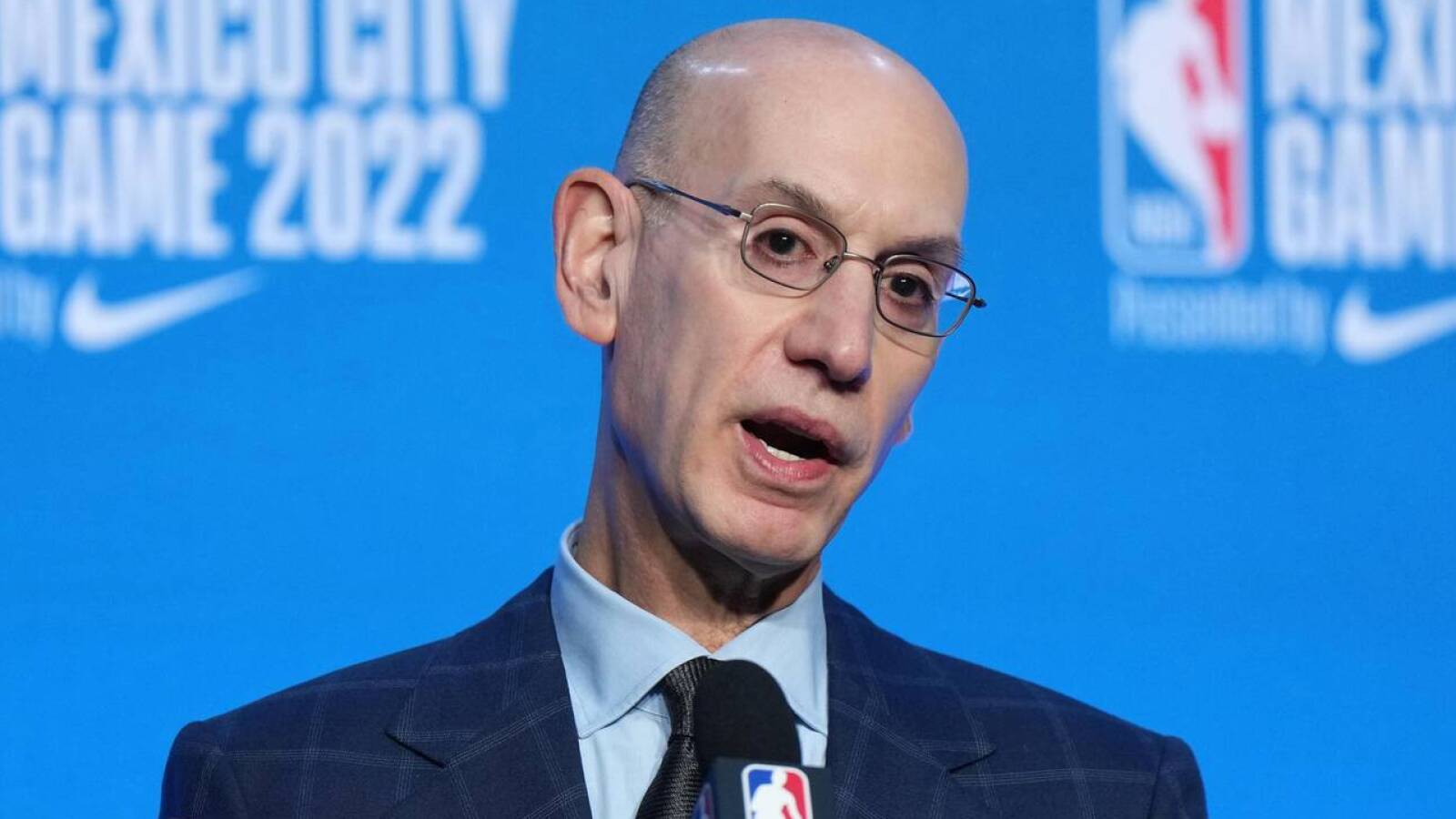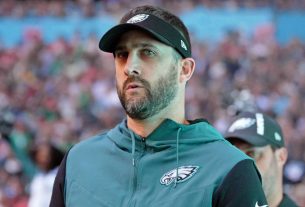The NBA and the National Basketball Players Association reached a deal on a new Collective Bargaining Agreement early on Saturday morning, according to statements from the league and the players’ union.
The official announcements are light on specific details, simply stating that the new agreement is tentative and still needs to be ratified by the players and team owners. The NBA and NBPA said that they’ll announce more details once the new CBA is official.
However, Adrian Wojnarowski of ESPN and Shams Charania of The Athletic, who initially broke word of the agreement, have already shared several of the most interesting changes in the new CBA.
According to Wojnarowski, the NBA and NBPA agreed at the last minute to push back the Friday, March 31 deadline for either side to opt out of the current CBA, since they felt they were closing in on an agreement. A few hours later, a tentative deal was in place.
The new CBA will begin in 2023-24 and will cover the next seven years, with a mutual opt-out after year six, Wojnarowski adds.
Here are some of the most notable ways the NBA will change in the new CBA, as reported by Wojnarowski and Charania:
The introduction of an in-season tournament
An in-season tournament could show up on the NBA schedule as soon as the 2023/24 season, if all the details are hammered out in time, according to ESPN. The first round of the tournament will be part of the regular season schedule, with the top eight teams advancing to a single-elimination event in December. The “Final Four” will be played at a neutral site—Las Vegas is among the cities receiving consideration.
It sounds like the plan is for NBA teams to have 80 regular season games scheduled as normal, with some of those games serving as the first round of the in-season tournament, per Tim Reynolds of The Associated Press (Twitter link). The leftover games for the teams that don’t make the single-elimination portion of the tournament would be scheduled at a later date, while the two teams that make the final of the tournament would ultimately end up playing 83 games.
Prize money for the in-season tournament would be $500K per player, reports Charania (Twitter link).
The implementation of a second tax apron
The NBA’s current “tax apron” is set a few million dollars above the luxury tax line. For instance, in 2022-23, the tax line is $150,267,000 and the tax apron is $156,983,000. Teams above the tax apron aren’t permitted to acquire players via sign-and-trade, use more than the taxpayer portion of the mid-level exception, or use the bi-annual exception.
In the new CBA, the league will implement a second tax apron that’s $17.5M over the tax line, per ESPN. Clubs whose team salary is above that second apron will no longer have access to the taxpayer mid-level exception in free agency.
As Wojnarowski points out, that means taxpayer MLE signings like Donte DiVincenzo (Warriors), Joe Ingles (Bucks), Danilo Gallinari (Celtics), and John Wall (Clippers) wouldn’t have been permitted last summer, given how far those teams were over the tax line.
These changes will be “eased into” the salary cap over the next few years, according to ESPN’s report. Wojnarowski adds that there are expected to be new spending opportunities in free agency and on the trade market for non-taxpaying teams, though there are no details yet on how those new opportunities will work.
A minimum games-played requirement for postseason awards
As expected, the NBA will set a minimum number of games played for players to qualify for postseason awards, including MVP, Rookie of the Year, and All-NBA. That minimum will be 65 games, though it will come with some “conditions,” says Wojnarowski.
The ostensible goal of this change is to reduce teams’ generous deployment of “load management.” It will have the added effect of helping to simplify the criteria for award voters.
Bigger first year-raises on veteran contract extensions
Under the current CBA, a veteran who signs a contract extension can receive up to 120% of his previous salary in the first year of a new deal—or 120% of the NBA’s average salary, if he’s earning less than the league average.
The new CBA will increase that limit to 140% of the player’s previous salary, per Wojnarowski and Charania. It’s unclear at this point whether players earning less than the minimum will also be able to make up to 140% of the average NBA salary in the first year of a veteran extension.
This rule change could benefit players like Jaylen Brown, OG Anunoby, and Domantas Sabonis, who will be eligible for extensions but who are earning well below their market value and likely wouldn’t have agreed to an extension that features a 20% first-year raise (40% may still not be enough in some cases, but it at least should increase the odds of a deal).
An extra two-way contract slot
Teams will be permitted to carry three players on two-way contracts in the new CBA rather than two, according to Wojnarowski and Charania. That will result in 90 league-wide two-way slots instead of just 60.
Drug testing
Players will no longer be tested for marijuana under the new CBA, tweets Charania. The process of phasing out marijuana testing has been ongoing for a few years. Random marijuana testing was a part of the current CBA, but the NBA and NBPA agreed not to resume those tests during the 2020 bubble in Orlando and has stuck with that policy ever since.
More details on the new CBA will likely be reported in the coming days and weeks as the league and the union work on formally ratifying the new agreement and getting it in place in time for the coming offseason.



